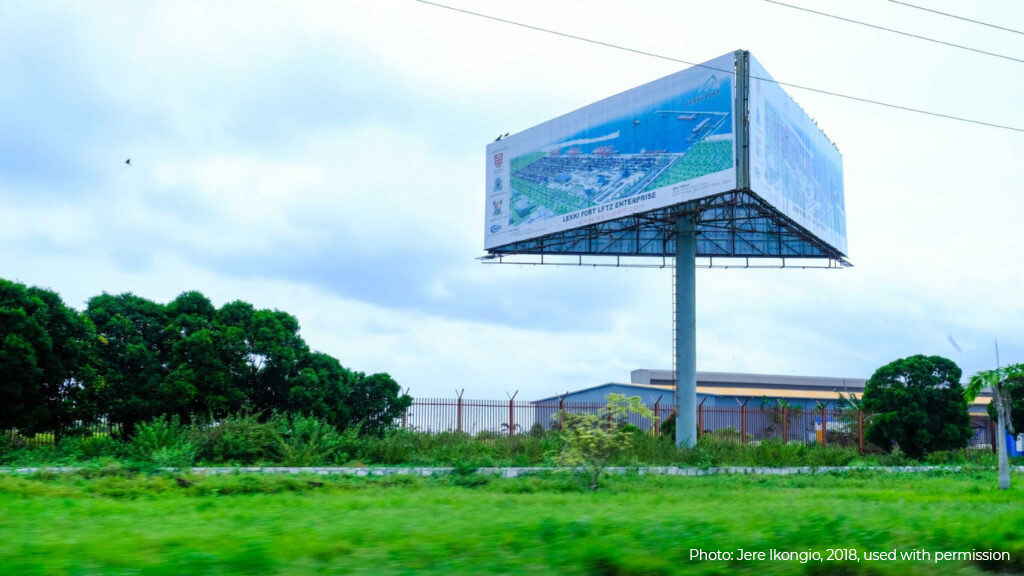
Local Communities
Addressing the challenges faced by local communities living on or around SEZ land, who experience significant livelihood changes and are often dispossessed and moved from their land in the process of zone development.
This type of ZSR encompasses five issue areas where SEZs impact communities, households and individuals living on SEZ land and in surrounding areas:
Types of ZSR
The establishment of SEZs brings both positive and negative social impacts for local communities, districts, towns and villages, that are commonly overlooked in the overwhelming policy focus on zones’ national-level economic impacts.
Large-scale acquisition of land for SEZ development and associated dispossession and resettlement of pre-existing populations is the most problematic impact for local communities. Forced acquisition, inadequate, improperly distributed and/or delayed compensation, corruption in land titling and compensation, and resettlement are major problems for many zones, leading to resentment, social unrest, protest, crime and outbreaks of violence.
Evictions and the related loss of (usually) agricultural livelihoods pose a major disruption to local communities and exacerbate existing social and economic inequalities. Although secure factory jobs in SEZs are often promised to encourage locals to leave lands, for most these do not materialise. Instead, migrant workers are preferentially hired, and large-scale in-migration can bring new problems to host communities, including increased ethnic tensions, crime and inequality as well as pressure on health care and other facilities. Though some locals may benefit from participation as landlords in a new rentier economy, or participation in new entrepreneurial activity, this tends to be the better-off, while more marginalised locals lose out.
In the absence of well-developed support for dispossessed populations from local and national governments, resentment, disputes and negative long-term localised impacts often remain a feature of SEZ development. Such issues can subsequently cause major problems for investors and developers through extended land disputes and delays in construction.
SEZ development frequently promotes urbanisation and the expansion of local infrastructure, transport networks and amenities. SEZs are often particularly well-connected to transport infrastructures, since these are essential to distribution of goods produced in the zone. Local communities may benefit from these improved road and rail linkages, allowing greater local mobility and supporting commercial development of the area. Other local amenities may also be introduced with the development of SEZs; for example, new hospitals and residential areas.
Yet some zones, particularly those located more remotely and functioning more as industrial enclaves rather than town- or city-style developments, bring more limited public amenities, even after many years in operation. Even where new amenities are created, it is essential to consider to what extent local communities have access to these. For example, where zones are walled and gated, it is unlikely that locals can access green spaces, and they may lose access to traditional routes through the zone area even where new roads are constructed.
Moreover, the shift from a farming to an industrial area reduces local agricultural production, with knock-on effects for other aspects of local life, including living costs, diets, health and gender relations.

